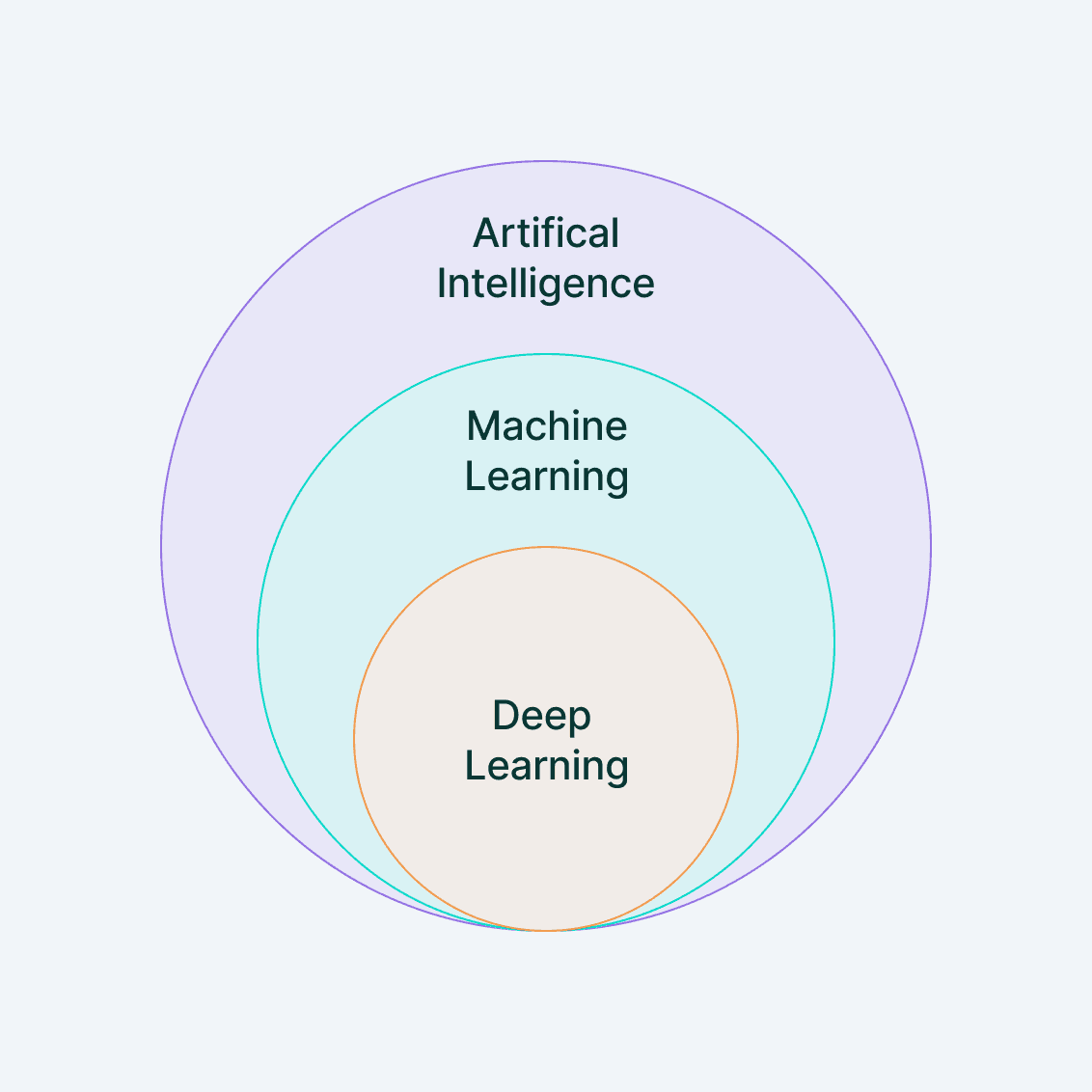Pulse of Information
Your source for the latest insights and updates.
Machine Learning: The Secrets Behind Your Netflix Recommendations
Discover how Netflix leverages machine learning to personalize your viewing experience—unravel the secrets behind your binge-watching!
How Does Netflix Use Machine Learning to Personalize Your Viewing Experience?
Netflix leverages advanced machine learning algorithms to enhance user experience by delivering highly personalized content recommendations. By analyzing vast amounts of user data, such as viewing history, search patterns, and even the time spent on various genres, Netflix's algorithms generate a tailored catalog for each viewer. This process involves clustering similar viewers and identifying patterns that help predict what shows or movies a user is likely to enjoy. As a result, when you log into Netflix, you are greeted with a customized home page that displays content curated just for you, making it easier to discover new favorites.
The machine learning techniques employed by Netflix extend beyond simple recommendations. They also optimize the platform's interface and enhance user engagement by employing A/B testing methods. For instance, by experimenting with different designs, thumbnails, and descriptions, Netflix can analyze how these elements impact user behavior. This continuous feedback loop ensures that as your viewing habits evolve, the platform adapts accordingly, constantly improving your overall viewing experience. Ultimately, this strategic use of machine learning not only keeps users engaged but also fosters a deeper connection between the viewer and the content they love.

The Algorithms Behind Netflix: A Deep Dive into Recommendation Systems
Netflix's recommendation system is one of the most sophisticated algorithms in the entertainment industry. The platform utilizes a combination of collaborative filtering and content-based filtering to analyze user behavior and preferences. Collaborative filtering examines patterns from users with similar tastes, suggesting shows or movies that others in the same demographic frequently watch. On the other hand, content-based filtering assesses the metadata of the content itself, such as genre, cast, and directors, to recommend other titles that match a user's previous selections. This dual approach maximizes user engagement by tailoring the viewing experience to individual preferences.
At the heart of Netflix’s recommendation system lies a powerful machine learning model that continually learns and adapts over time. As more users interact with the platform, the algorithm refines its understanding of viewing habits and enhances its predictive ability. Netflix also incorporates factors such as user ratings, watch history, and even time of day when presenting recommendations. To ensure that users discover fresh content, the algorithm balances popularity with novelty, making sure that recommendations are not just based on trending titles but also include hidden gems that might align with a viewer’s unique tastes.
Understanding the Role of Data in Shaping Your Netflix Recommendations
In today's digital age, streaming services like Netflix leverage vast amounts of data to enhance user experience. The platform utilizes complex algorithms that analyze a user's viewing history, search patterns, and even the time spent on particular shows or movies. Through this data, Netflix can provide personalized recommendations that align with individual tastes and preferences, making it easier for viewers to discover content that resonates with them. For instance, if you often watch science fiction films, you'll likely see more recommendations in that genre, reflecting the powerful role of data in curating a tailored viewing experience.
Moreover, Netflix employs advanced machine learning techniques to continuously improve its recommendation system. By analyzing user interactions and feedback, the platform can dynamically refine its suggestions, ensuring that they remain relevant over time. This process also involves A/B testing, where different algorithms are tested on various user segments to identify the most effective recommendation strategies. As a result, users can enjoy a streaming experience that not only caters to their current interests but also anticipates their future preferences, showcasing how critical data is in shaping Netflix recommendations.